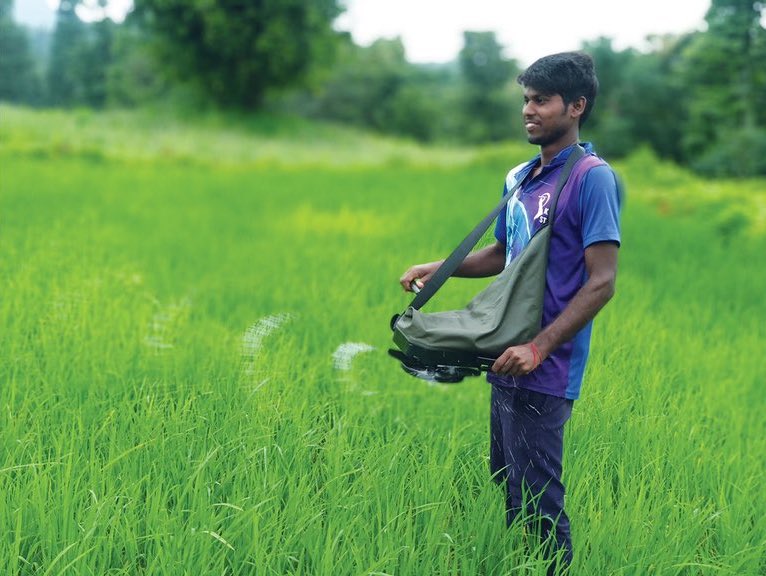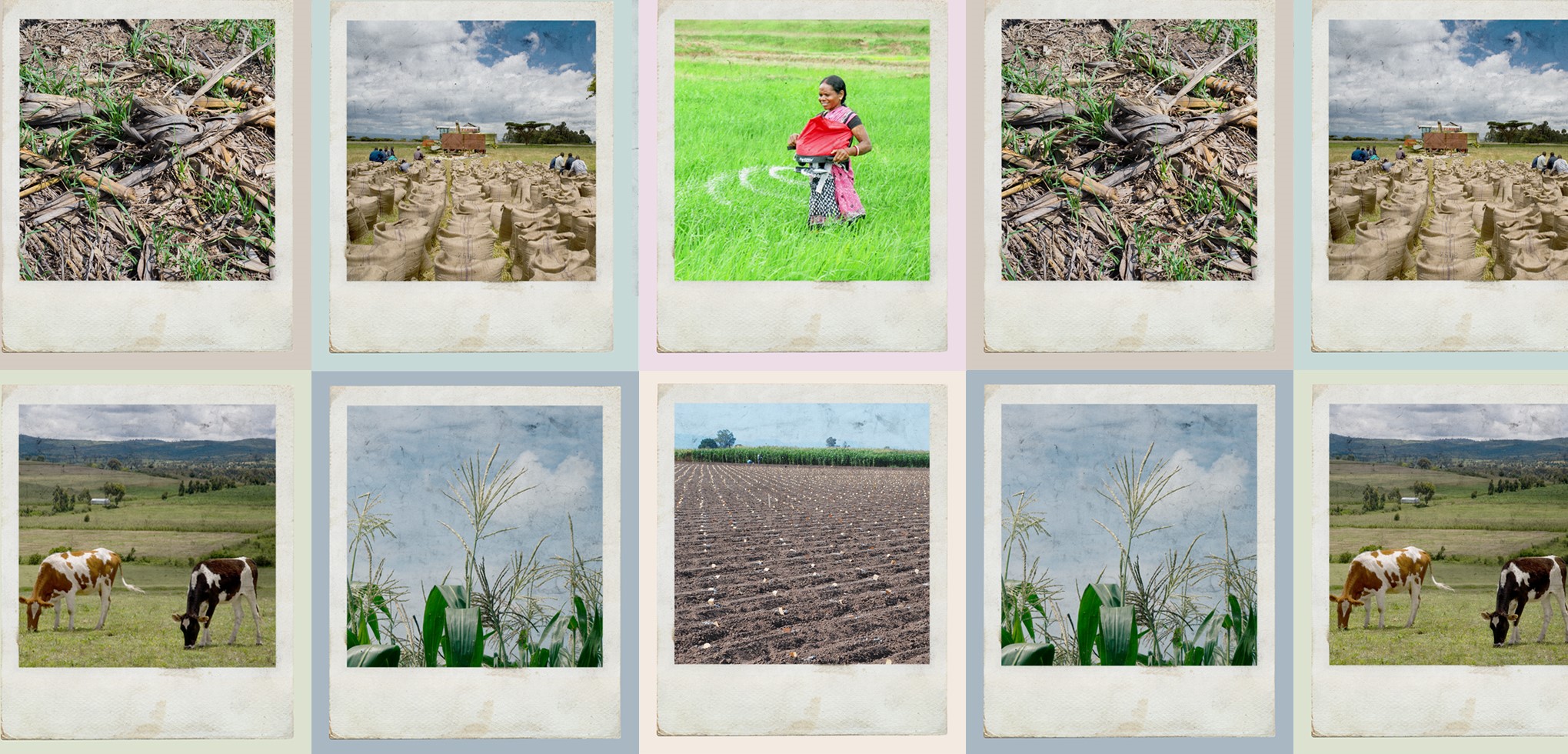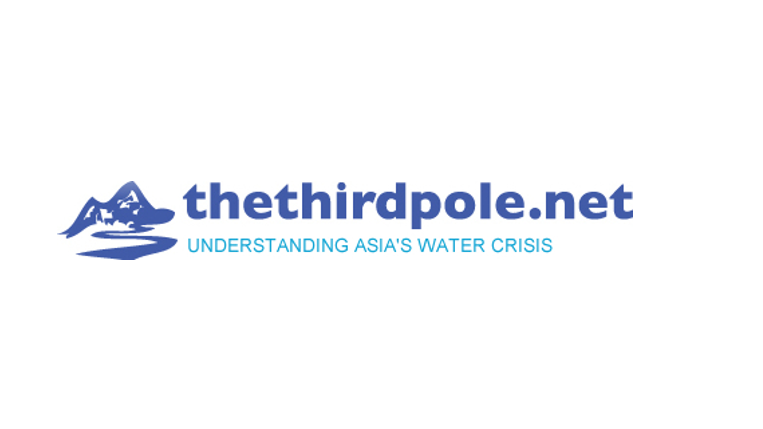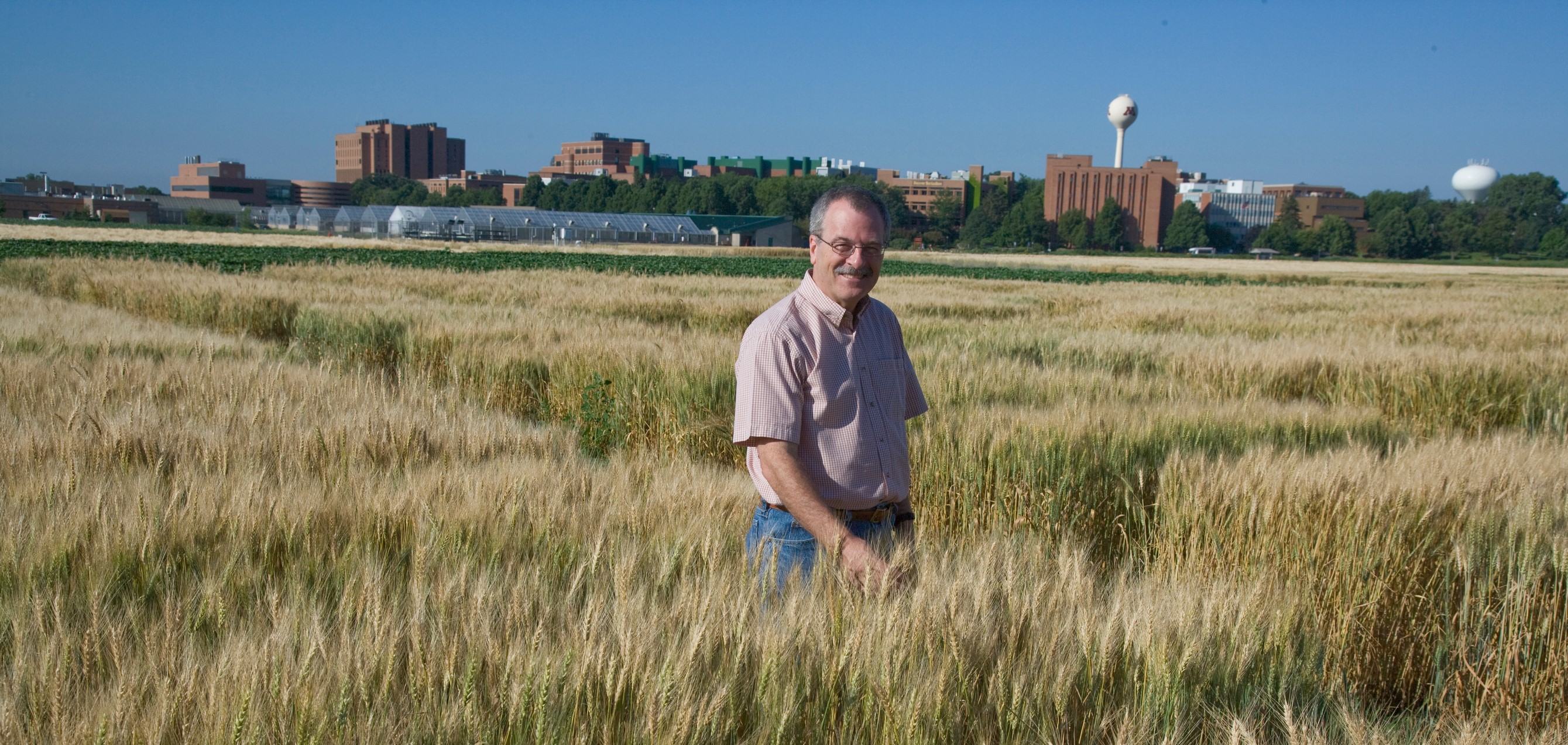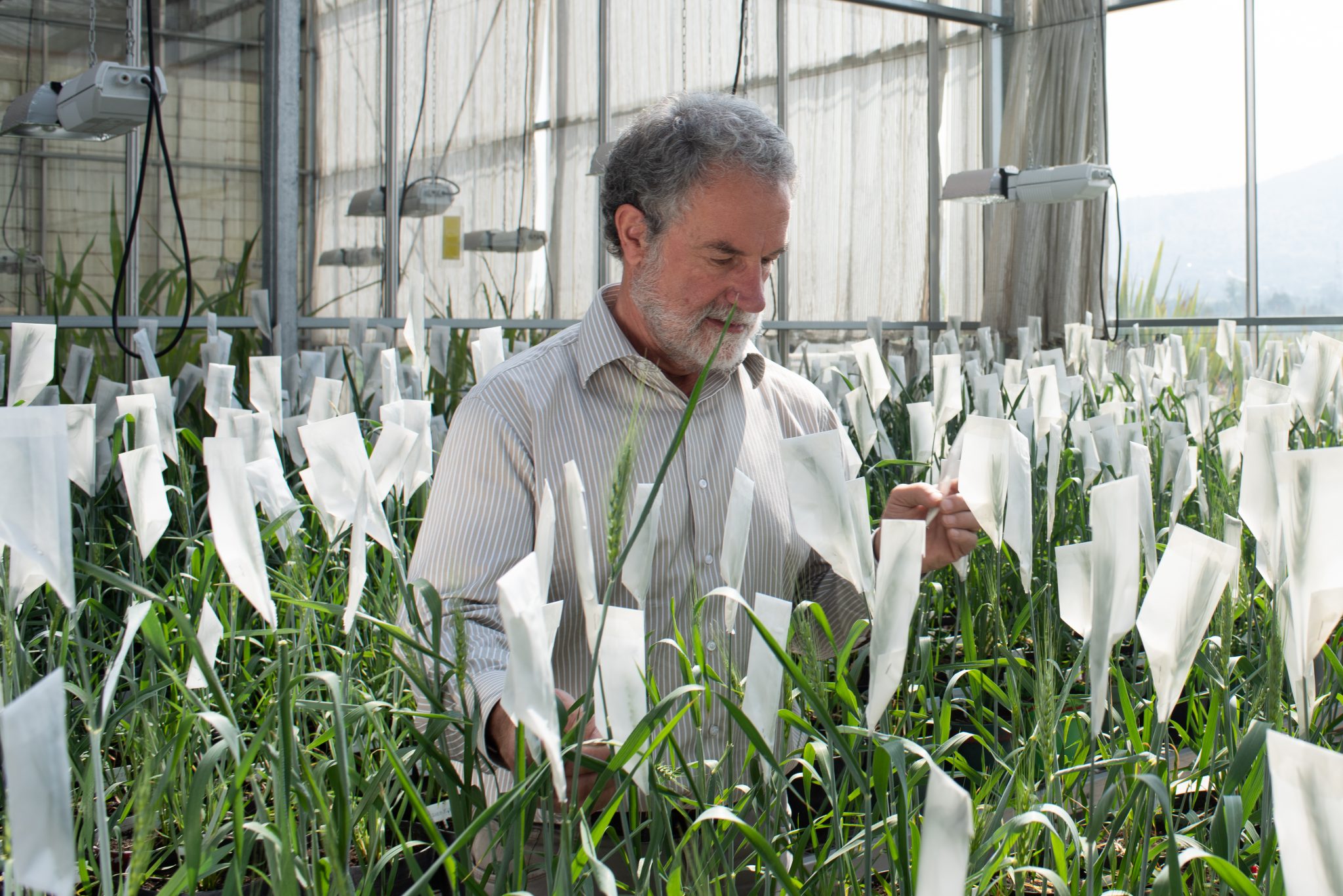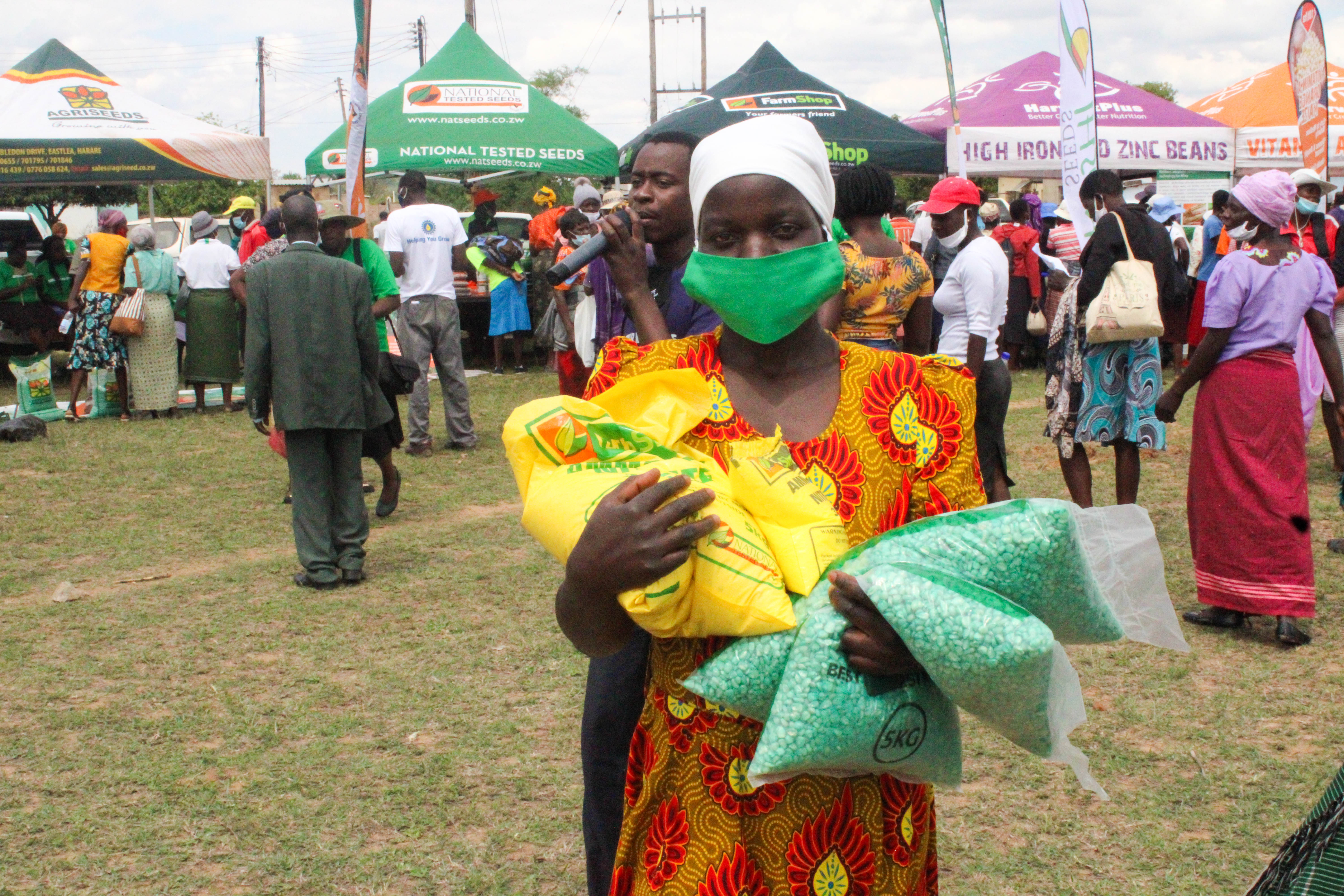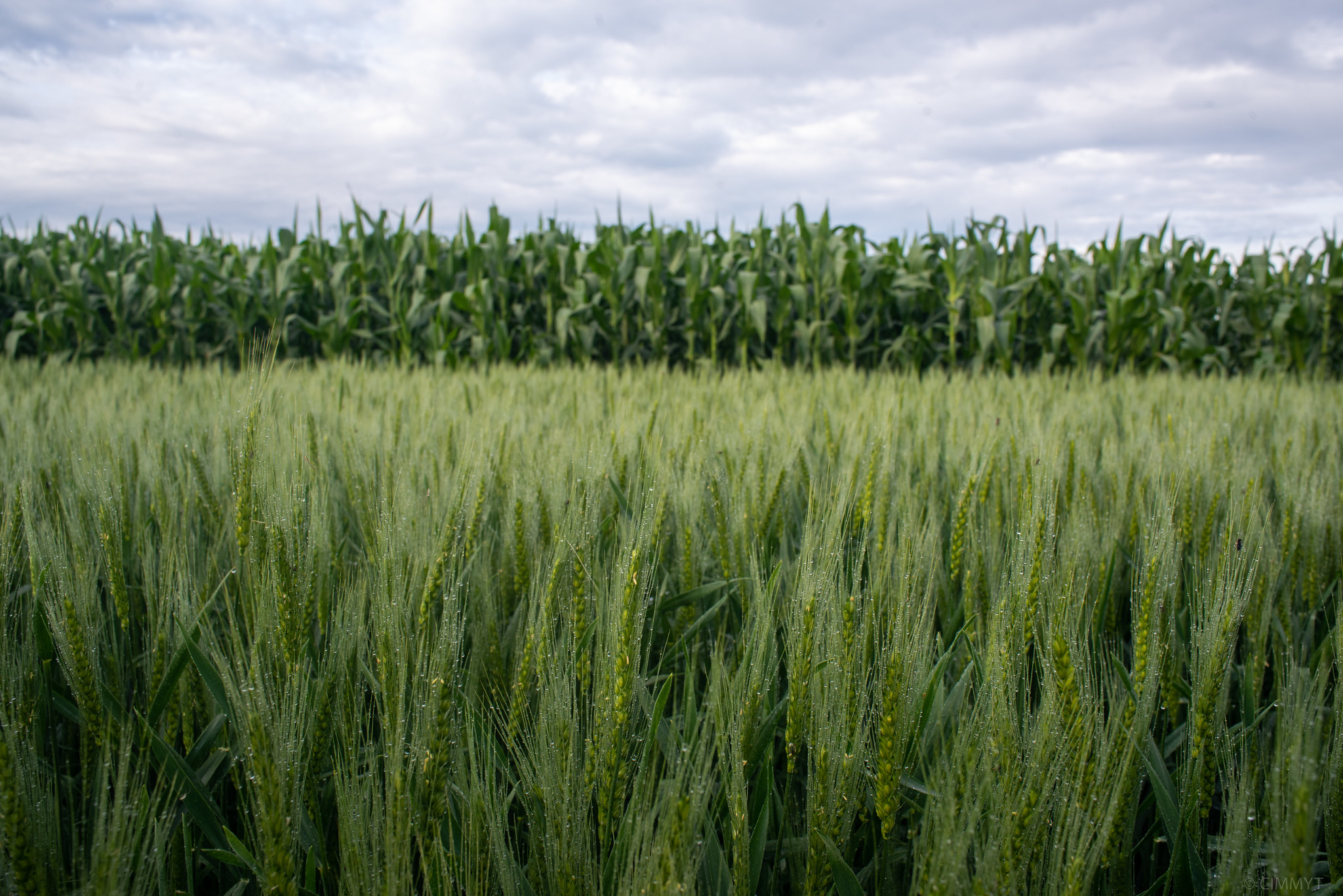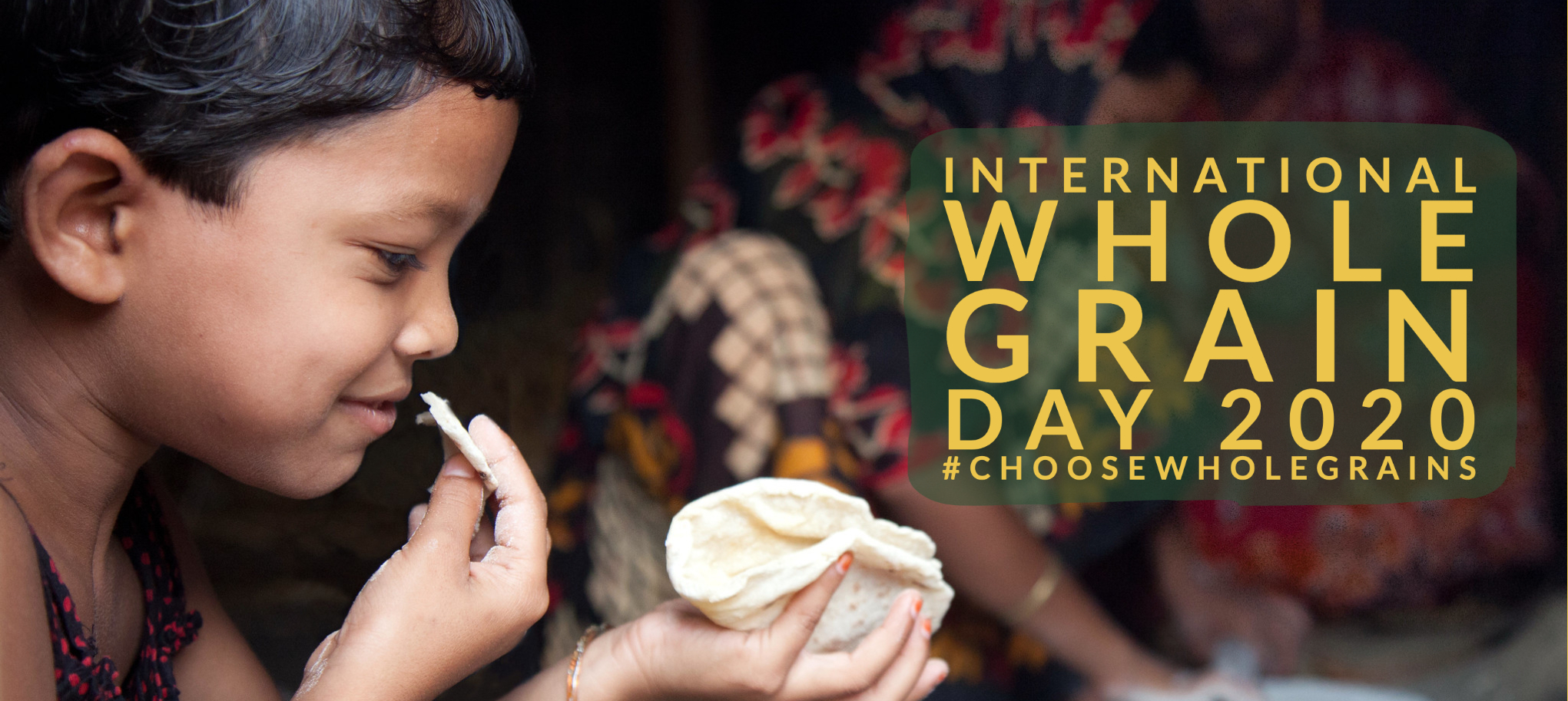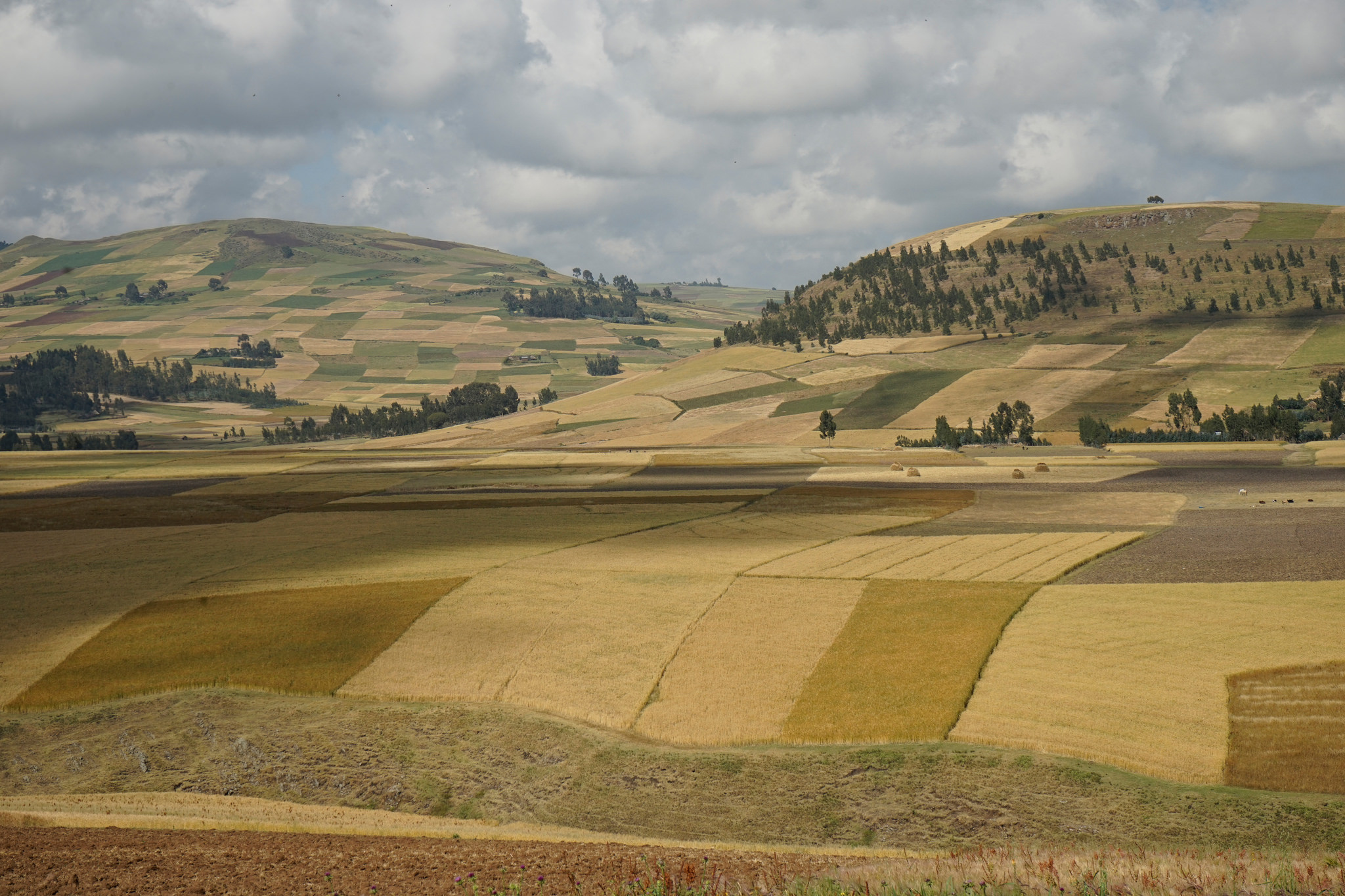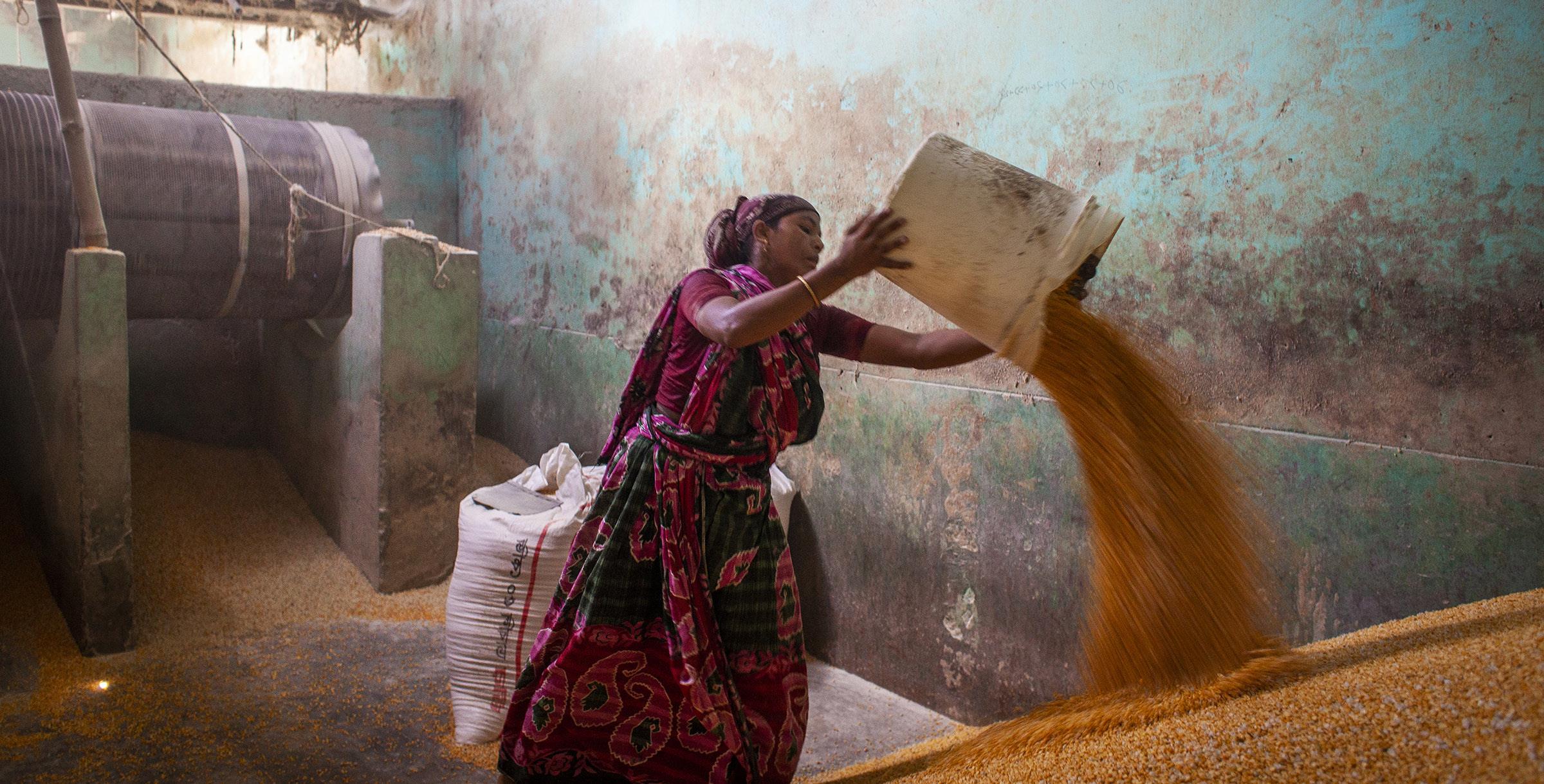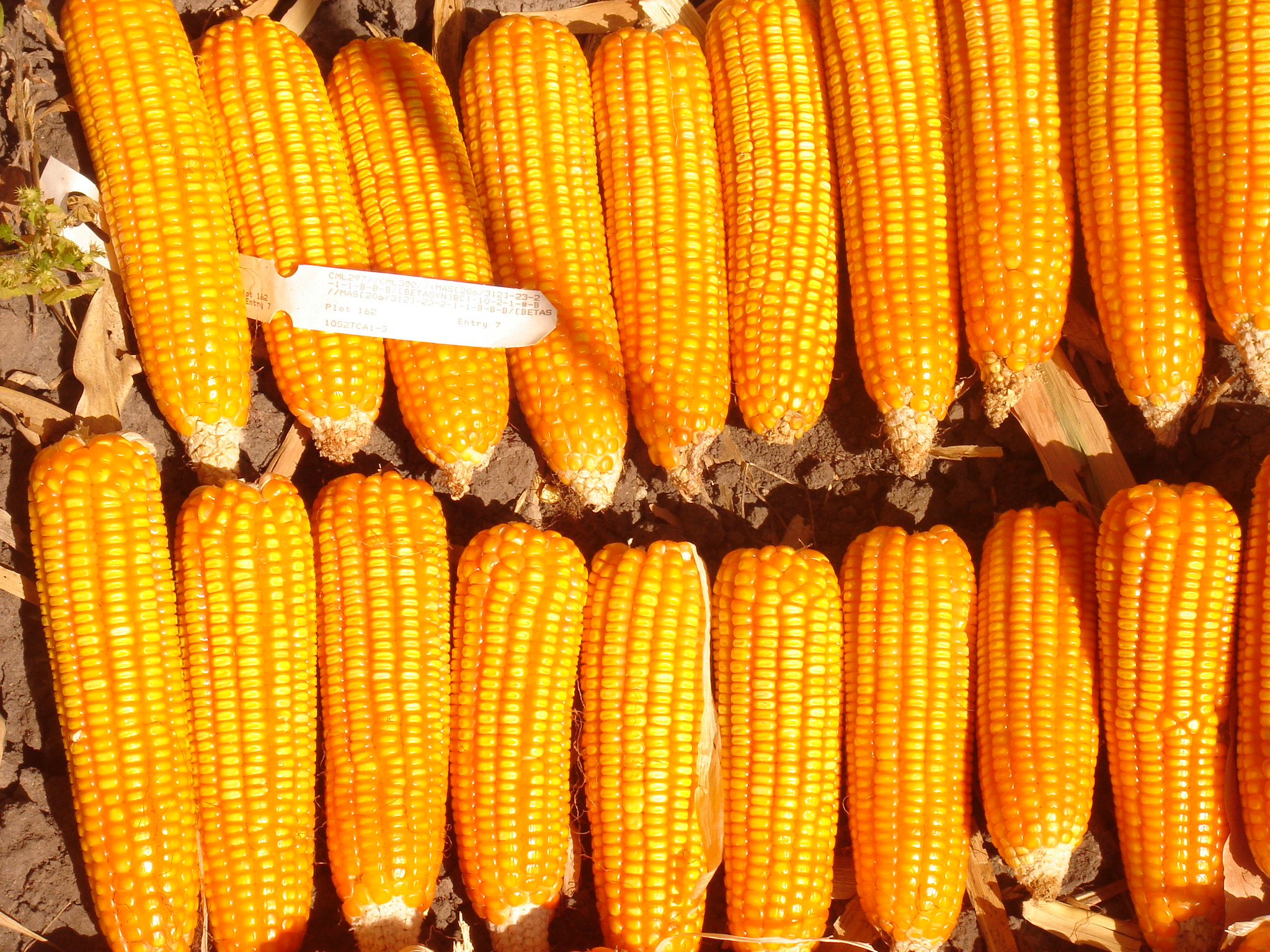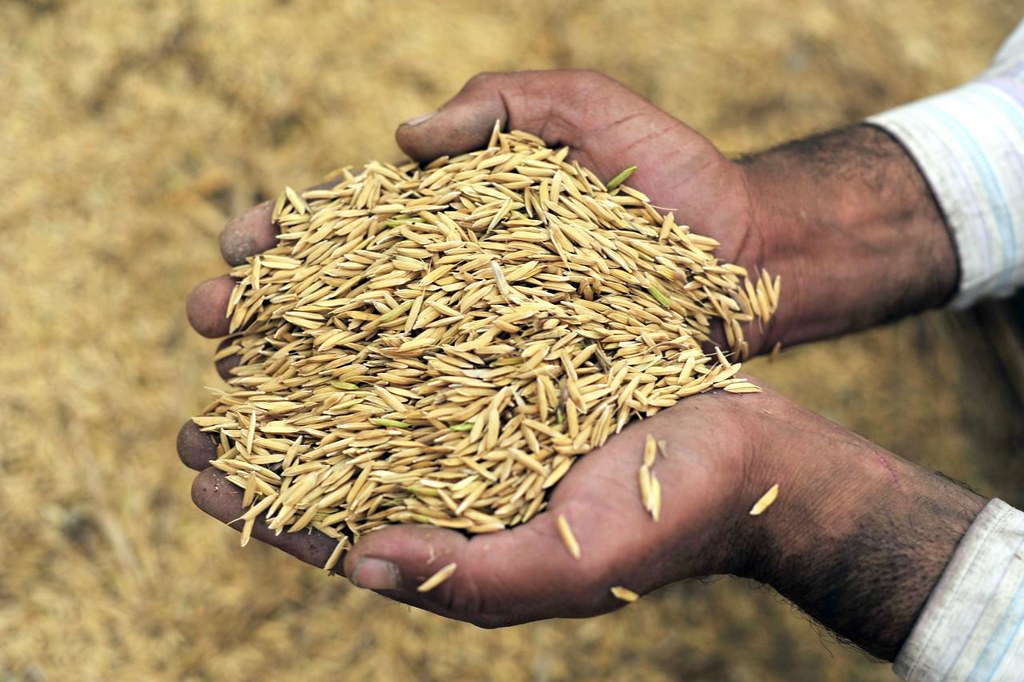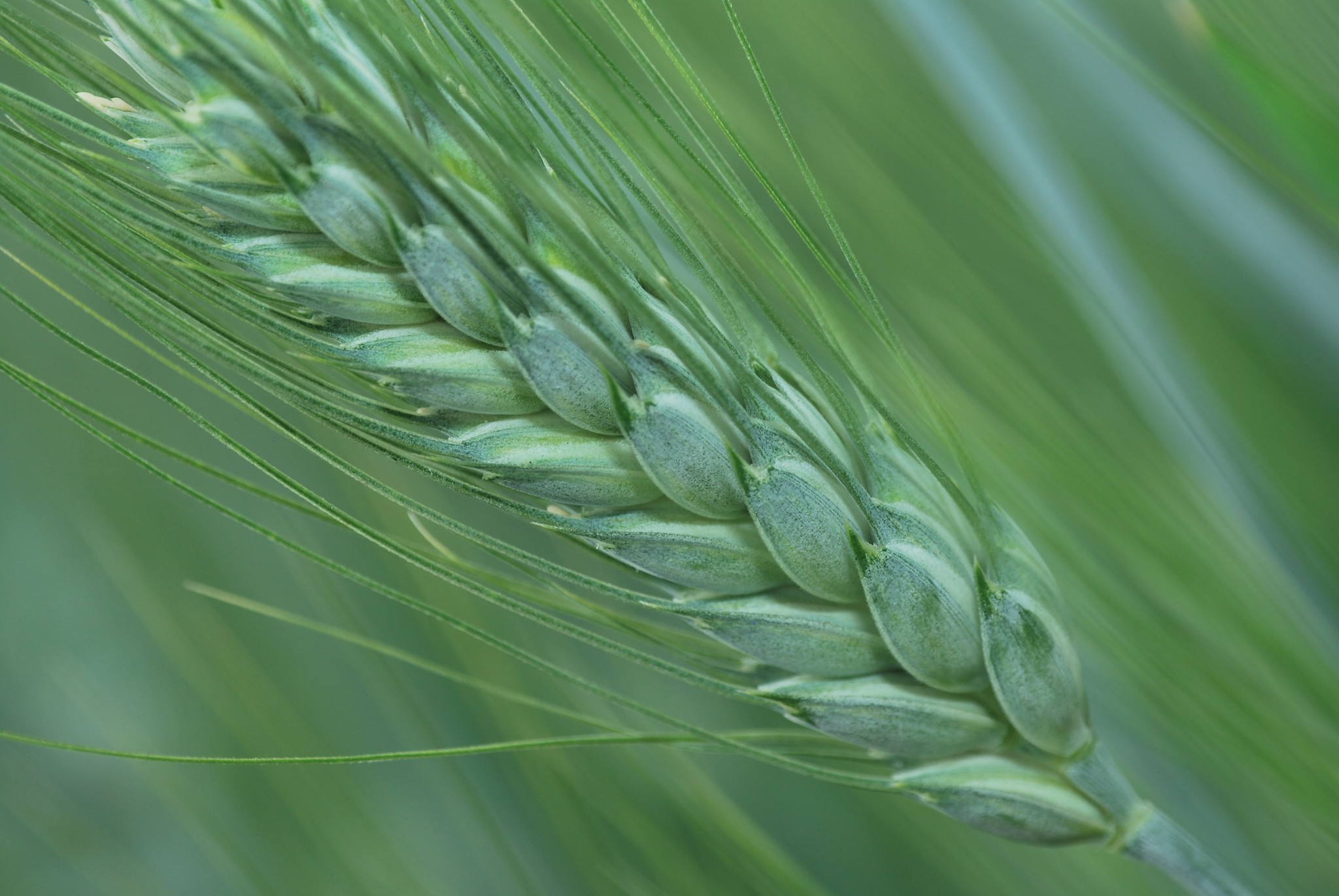Nutrition, health and food security
As staple foods, maize and wheat provide vital nutrients and health benefits, making up close to two-thirds of the world’s food energy intake, and contributing 55 to 70 percent of the total calories in the diets of people living in developing countries, according to the U.N. Food and Agriculture Organization. CIMMYT scientists tackle food insecurity through improved nutrient-rich, high-yielding varieties and sustainable agronomic practices, ensuring that those who most depend on agriculture have enough to make a living and feed their families. The U.N. projects that the global population will increase to more than 9 billion people by 2050, which means that the successes and failures of wheat and maize farmers will continue to have a crucial impact on food security. Findings by the Intergovernmental Panel on Climate Change, which show heat waves could occur more often and mean global surface temperatures could rise by up to 5 degrees Celsius throughout the century, indicate that increasing yield alone will be insufficient to meet future demand for food.
Achieving widespread food and nutritional security for the world’s poorest people is more complex than simply boosting production. Biofortification of maize and wheat helps increase the vitamins and minerals in these key crops. CIMMYT helps families grow and eat provitamin A enriched maize, zinc-enhanced maize and wheat varieties, and quality protein maize. CIMMYT also works on improving food health and safety, by reducing mycotoxin levels in the global food chain. Mycotoxins are produced by fungi that colonize in food crops, and cause health problems or even death in humans or animals. Worldwide, CIMMYT helps train food processors to reduce fungal contamination in maize, and promotes affordable technologies and training to detect mycotoxins and reduce exposure.
Too much or never enough
 Climate adaptation and mitigation
Climate adaptation and mitigation
Don’t underestimate the crucial role nitrogen plays in cereal-based agroecosystems and achieving the Sustainable Development Goals.
Nitrogen in agriculture
 Climate adaptation and mitigation
Climate adaptation and mitigation
The most essential nutrient in global crop production is also one of the most challenging to work with.
Climate change adds to woes of lentil farmers in Nepal
 Climate adaptation and mitigation
Climate adaptation and mitigation
Source: The Third Pole (25 Nov 2020)
Once a world leading lentil producer, Nepal is now having to import them as farmers struggle with low productivity and warmer, wetter weather.
Q&A: CGIAR investment has generated returns of 10 times the amount invested
 Innovations
Innovations
Philip Pardey discusses the importance of collaboration between national research systems and CGIAR, and why investment in agricultural research and development is needed now more than ever.
“CIMMYT is at my heart”
 Capacity development
Capacity development
Global Wheat Program director Hans Braun retires, leaving behind a legacy of strong leadership and wheat for millions.
An instant seed market
 Climate adaptation and mitigation
Climate adaptation and mitigation
Seed fair in Masvingo, Zimbabwe — the first of its kind — increases smallholder access to stress tolerant varieties and knowledge on climate-smart technologies.
Scientific opportunities and challenges
 Capacity development
Capacity development
First meetings of the AGG Science and Technical Steering Committees generate insights and recommendations for optimizing breeding schemes.
International Whole Grain Day 2020
 Nutrition, health and food security
Nutrition, health and food security
Celebrating whole grains as an integral part of healthy, sustainable — and delicious — diets.
The Cereal Serial: What are whole grains and why do they matter?
 Nutrition, health and food security
Nutrition, health and food security
CIMMYT maize and wheat quality experts explain the importance of whole grains for healthy diets.
Rust-resistant bread wheat varieties widely adopted in Ethiopia
 Nutrition, health and food security
Nutrition, health and food security
Study shows investments and innovative policy decisions are increasing farmer incomes and national wheat productivity, with varieties originating from CIMMYT making a significant contribution.
Critical reflections on COVID-19
 Nutrition, health and food security
Nutrition, health and food security
FAO-led assessment details the pandemic’s impact on agri-food systems in Bangladesh and outlines possible recovery strategies.
Farmers flock towards nutritious, orange maize
 Nutrition, health and food security
Nutrition, health and food security
A growing number of smallholders in southern Zimbabwe adopt provitamin-A maize after collective learning and knowledge transfer initiative.
A catastrophe avoided
 Nutrition, health and food security
Nutrition, health and food security
Unprecedented adoption of agricultural technologies wards off negative impacts of COVID-19 in northwestern India.
Wheat disease common to South America jumps to Africa
 Environmental health and biodiversity
Environmental health and biodiversity
Source: SciDev.Net (3 Nov 2020)
Wheat blast is a serious threat to wheat production and can lead to yield losses of up to 100 percent.
International Wheat Yield Partnership launches European Winter Wheat Hub
 Climate adaptation and mitigation
Climate adaptation and mitigation
New hub will ensure that cutting-edge discoveries are rapidly available to the global wheat breeding community.
